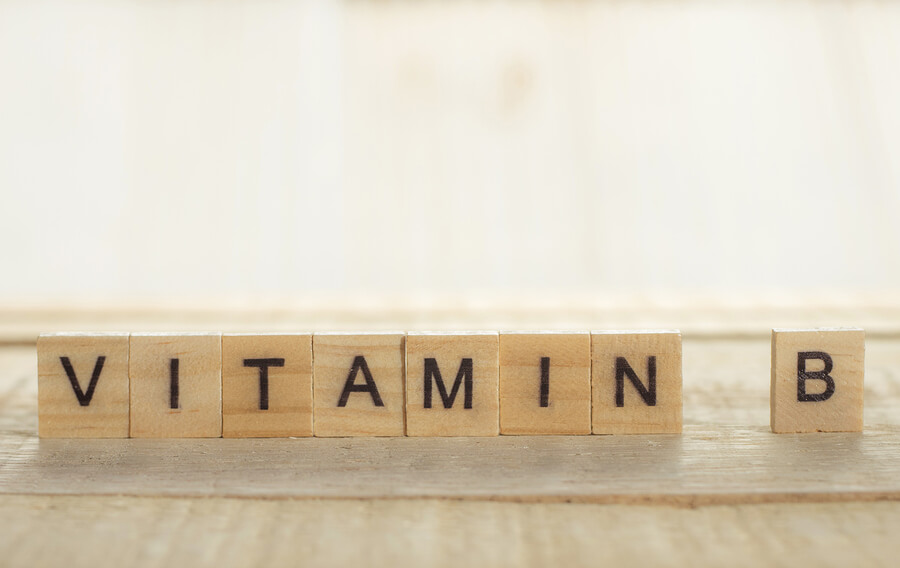

Over the next few weeks, the site will be moving, so please bear with me. Prolonged administration (at least > 24 hours) of glucose only diets may worsen symptoms, but can then be reversed by giving thiamine. Various dietary sources of thiamine include meat (e.g., pork, poultry), whole grain cereals (e.g., brown rice and bran), nuts, dried beans, peas, and soybeans. Bottom line: Giving glucose prior to thiamine will not precipitate an acute Wernicke’s encephalopathy. The human body does not produce endogenous thiamine therefore, it must be ingested. Thiamine’s role in its synthesis is as a cofactor with acetyl-CoA to produce acetylcholine. Thiamine is important to the health of the nervous system because of its role in the synthesis of acetylcholine, an important neurotransmitter. The proposed mechanism for this is as follows: Thiamine 100mg IV before 50 glucose Thiamine is an important co-enzyme for carbohydrate utilization as (thiamine pyrophosphate- TPP) Therefore TTP is required to convert pyruvate to Acetyl-CoA. It is also added to breads, cereals, and baby formulas. The theory behind this is that if a thiamine-deficient patient is given a glucose load, meager thiamine stores would rapidly be exhausted, glycolysis further. Poor dietary choices and a lack of nutrition also rob the body of essential vitamins.Ĭurrent Advanced Life Support (ALS) protocols in many states require that all acutely hypoglycemic patients receive intravenous (IV) thiamine before the administration of glucose to prevent the development of Wernicke’s encephalopathy.įood Sources Thiamin is found naturally in meats, fish, and whole grains. Heavy alcohol use causes inflammation of the stomach lining and digestive tract, which reduces the body’s ability to absorb vitamins. Up to 80% of people with an addiction to alcohol develop thiamine deficiency. Why do alcoholics develop thiamine deficiency?

Thiamine is required for metabolism including that of glucose, amino acids, and lipids….Thiamine. It is an essential micronutrient, which cannot be made in the body.

In its diphosphate form (also known as TDP, thiamine pyrophosphate, TPP, or cocarboxylase), it serves as a cofactor for enzymes involved in carbohydrate metabolism, including transketolase, α-ketoglutarate dehydrogenase, pyruvate dehydrogenase, and branched chain α-keto acid dehydrogenase. Thiamine is phosphorylated into thiamine pyrophosphate (TPP), an incredibly important cofactor involved with cellular aerobic respiration and the production of ATP – our energy currency molecule. Thiamine (vitamin B1) is a water-soluble vitamin that has important phosphorylated relatives. Most people get enough thiamin from the food they eat. Also known as thiamine, thiamin is necessary for the growth, development and function of cells. Thiamin (vitamin B-1) helps the body generate energy from nutrients. Why do we give thiamine in hypoglycemia Current Advanced Life Support (ALS) protocols in many states require that all acutely hypoglycemic patients receive intravenous (IV) thiamine before the administration of glucose to prevent the development of Wernicke’s encephalopathy.


 0 kommentar(er)
0 kommentar(er)
